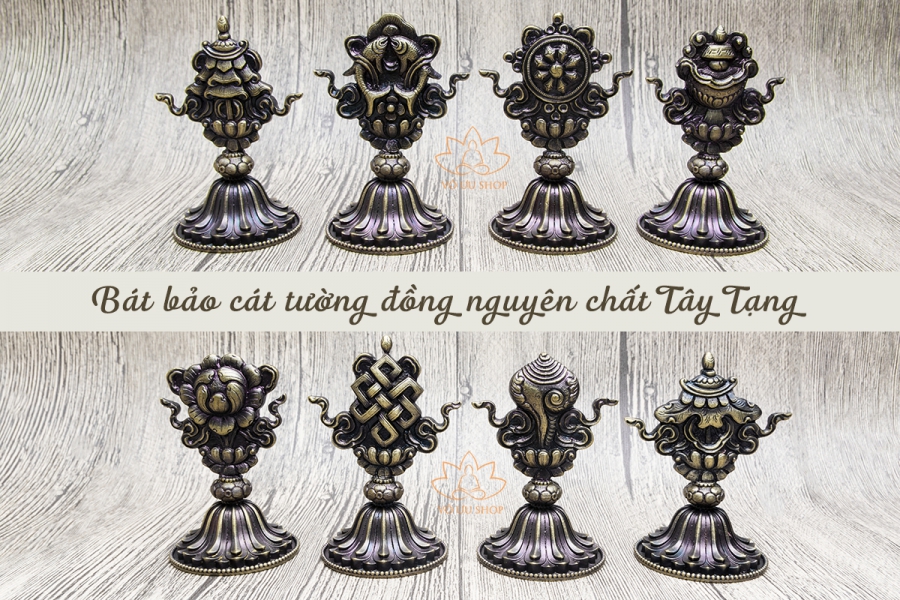
TThe eight auspicious signs or symbols of good fortune are the important part of the Tibetian culture. When these eight items are together, they represent to the true wisdom and also the image of Buddha. In Buddhism these Eight symbols of good omen represent the offering made by the gods to Buddha Shakyamuni immediately after he attained enlightenment. These items often appear in many Dharma products, statues, paintings which are offered to Buddha. Eight symbols of good omen are include: The White Parasol, The Pair of Golden Fish, The Lotus-flower, The White Conch Shell, The Vase, The Victory Banner, The Dharma Wheel, The Eternal Knot
1. The White Parasol
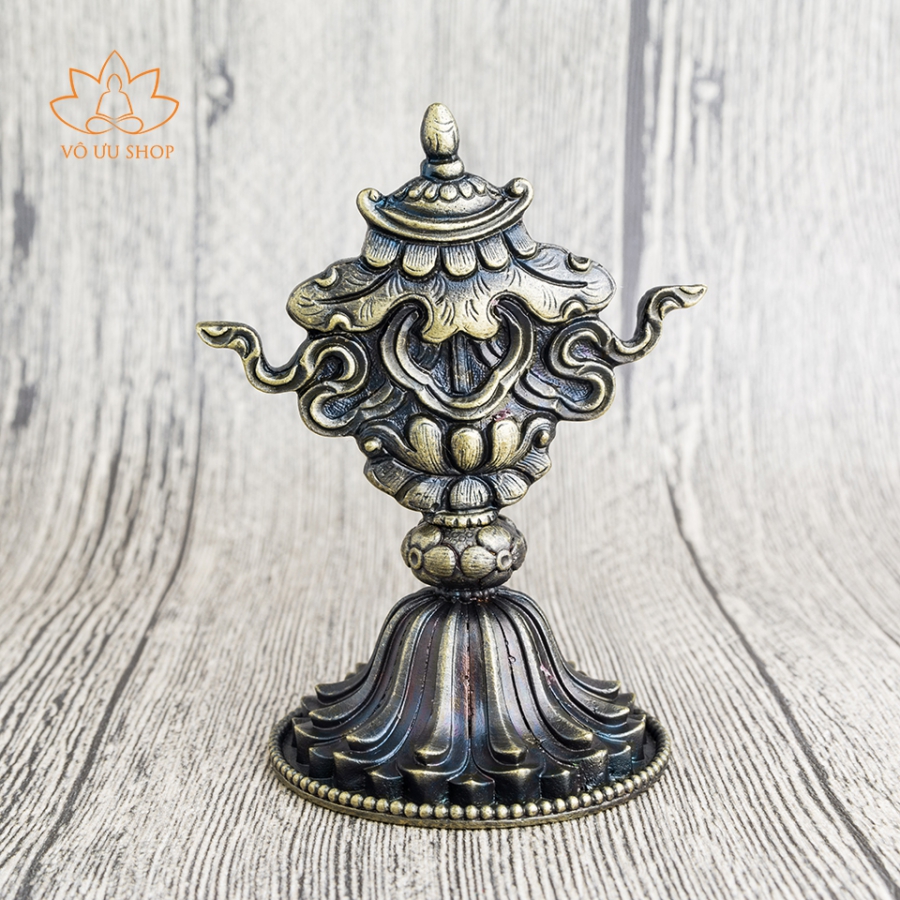
The parasol was a symbol of royal dignity and protection from the heat of the sun.
It expresses the perfect energy of the Dharma to protect all beings who follow the Doctrine from obstacles and opposing forces, disease and ignorance, pain and rebirth in the lower realms, so that they may attain the complete extinction of suffering.
2. The Pair of Golden Fish:
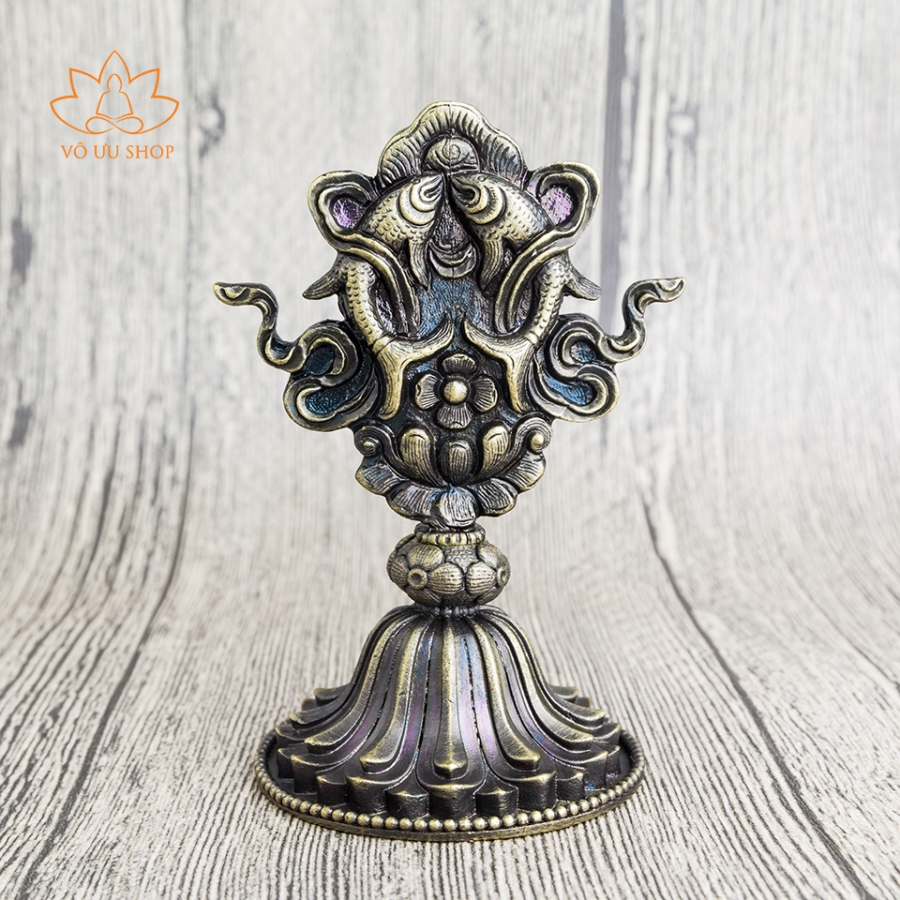
These golden fish have long pearl fins, round eyes that illuminate ignorance. They represent the eyes of Buddha. According to the Tibetans, fish is the origin of the earth and the yellow of the fish is the color of prosperity and development. Water is the habitat of fish, where fish can swim smoothly without any obstacles, and have peace of mind. Pair of goldfish also symbolize compassion and wisdom, free-ear in every place, every time.
3. The Vase
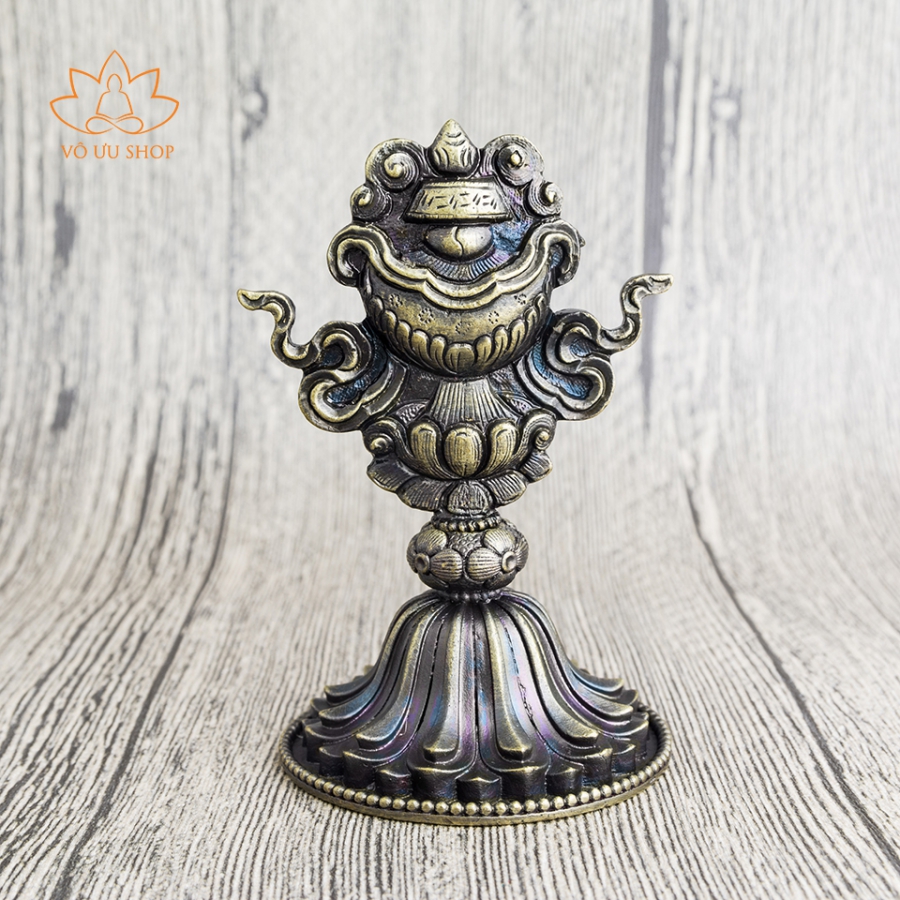
The use of the vase goes back to the beginnings of Buddhism, and was acquired by the Indian tradition where it was used to find water; metaphorically relates to the realization and the ability to fulfill material desires. Its shape is generally swollen with a long neck and on its top is placed a jewel to indicate the preciousness of its content: the nectar of immortality, linked to the Eternity of Doctrine and Knowledge. People belive that the Vase has infinite content, which mean it will never be empty.This is similar to the act of giving and offering: the item will not be lost but will be converted into happiness, eliminating negative karma, freeing evil spirits and enlightening wisdom.
4. The White Lotus:
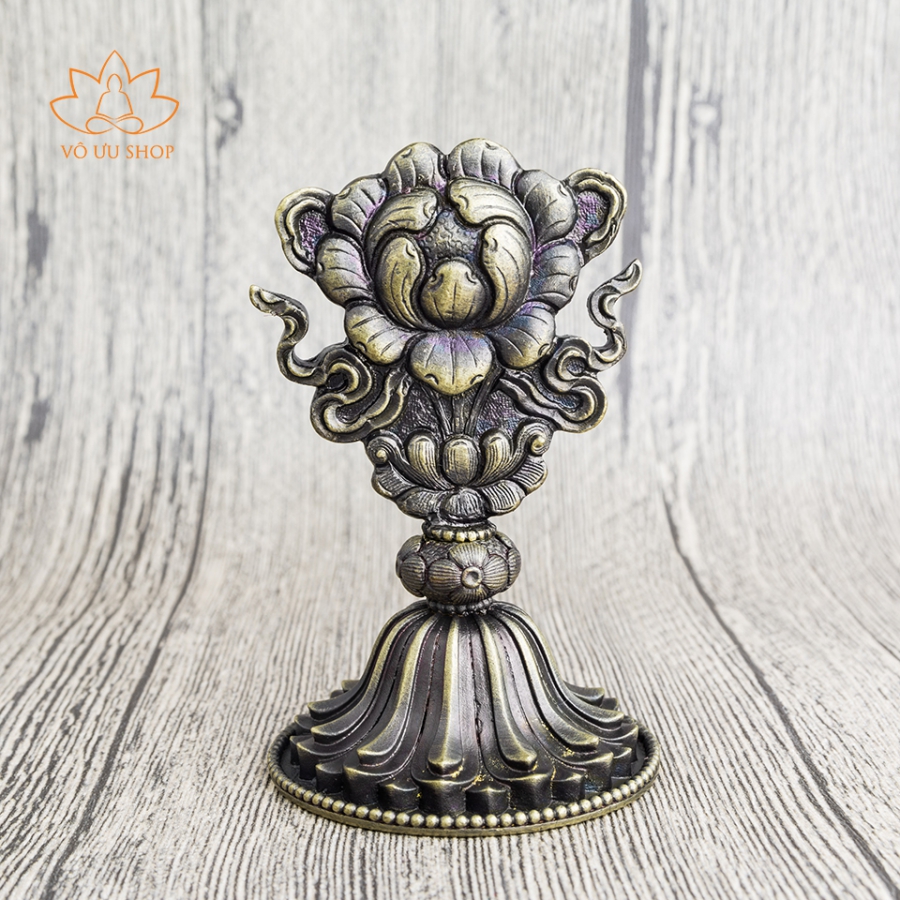
It is the highest vision of Purity and Beauty: the stem of the lotus rises in fact from the muddy waters of ponds and lakes to make bloom an uncontaminated flower, incontaminabile, immaculate and perfect above the water surface, the only plant that thanks to the strength of its stem makes a flower bloom. Mud represents suffering and all that holds our being from acquiring that clear vision that through the practice of the Doctrine, the stem, will allow us to rise above the pollution of the world. The lotus is also a symbol of purity of body, speech and mind: it is the very essence of our being that has remained immaculate despite the mud of the world; essence that is realized only through the light of our awareness. The Lotus flower is the throne of the Buddha i.e. of Compassionate Love of which the Dalai Lama, also called the Lord of the White Lotus, is the embodiment.
5. The White Conch Shell:
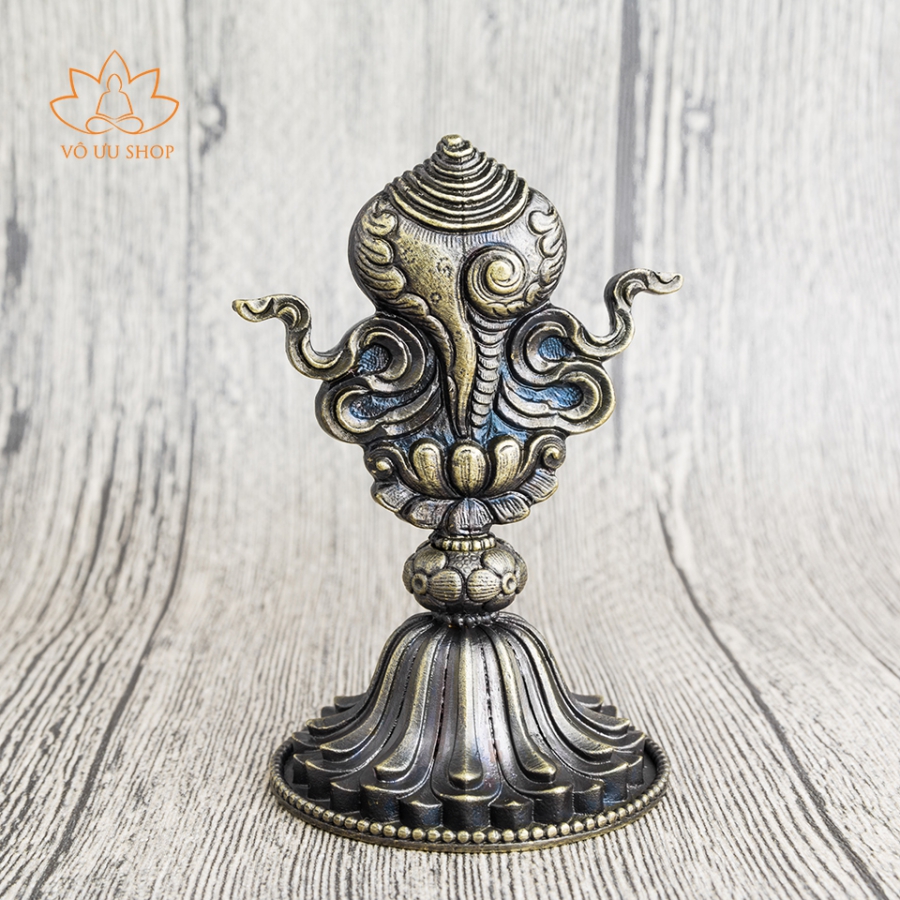
In Buddhism, a white conch that coils to the right represents the sound of the Dharma reaching far and wide, awakening beings from ignorance.
Conch Shell has two form: with or without jewelry. When being offered to altar, Conch Shell does not have jewelry, but when it is used by in Dharma activies, it will have jewelry
6. The Eternal Knot:
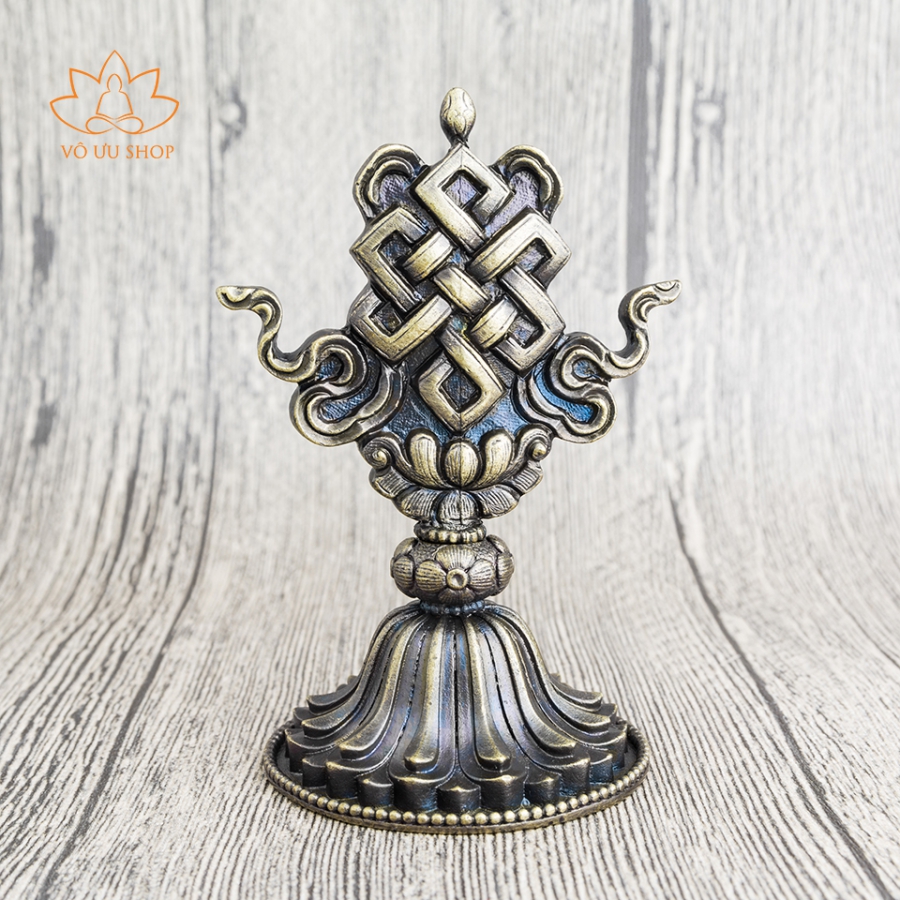
The Eternal Knot, with its lines flowing and entwined in a closed pattern, represents dependent origination and the interrelation of all phenomena. It also may signify the mutual dependence of religious doctrine and secular life; of wisdom and compassion; or, at the time of enlightenment, the unions of emptiness and clarity.
7. The Victory Banner
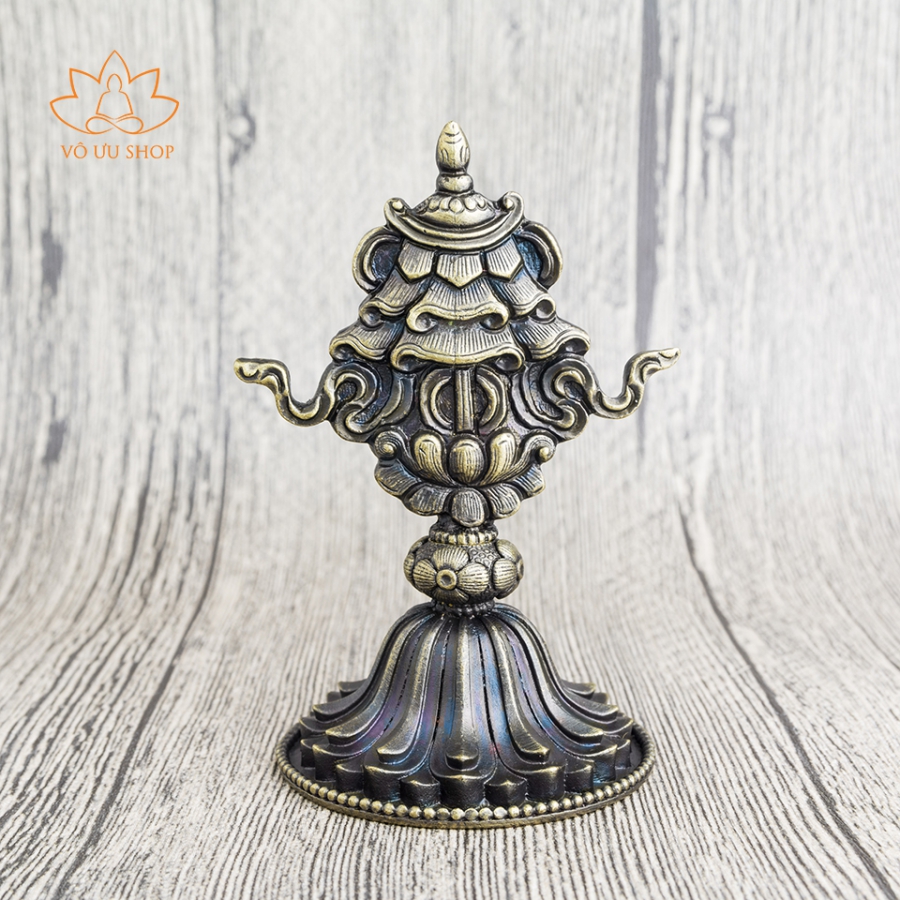
The victory banner signifies the Buddha's victory over the demon Mara and over what Mara represents--passion, fear of death, pride and lust. More generally, it represents the victory of wisdom over ignorance.
8. The Dharma Wheel:
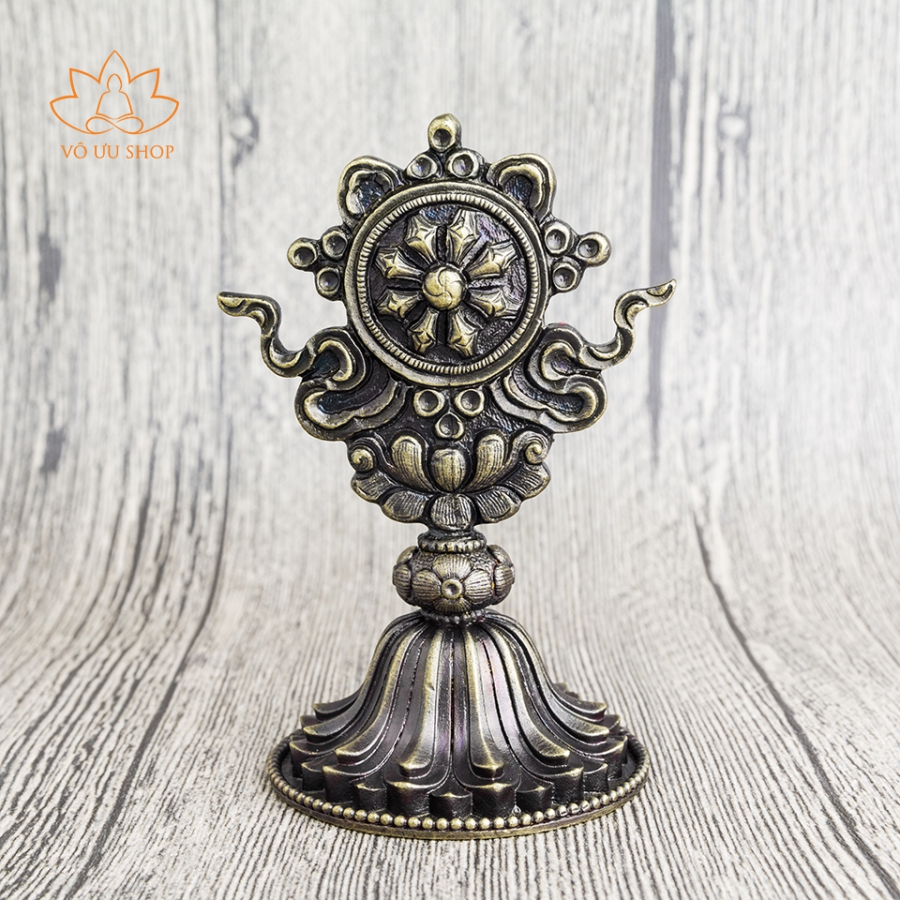
The Dharma Wheel symbolizes Buddha's hands and feet. With a shape like the sun, the Wheel carries great protection and protection power, can create and protect all beings.
In most representations, the Wheel has eight spokes, representing the Eightfold Path. According to tradition, the Dharma Wheel was first turned when the Buddha delivered his first sermon after his enlightenment. There were two subsequent turnings of the wheel, in which teachings on emptiness (sunyata) and on inherent Buddha-nature were given.